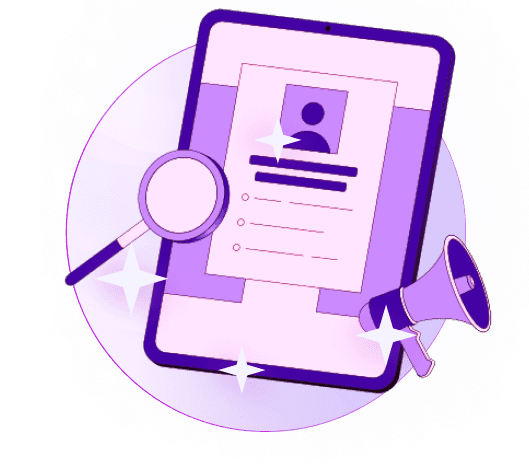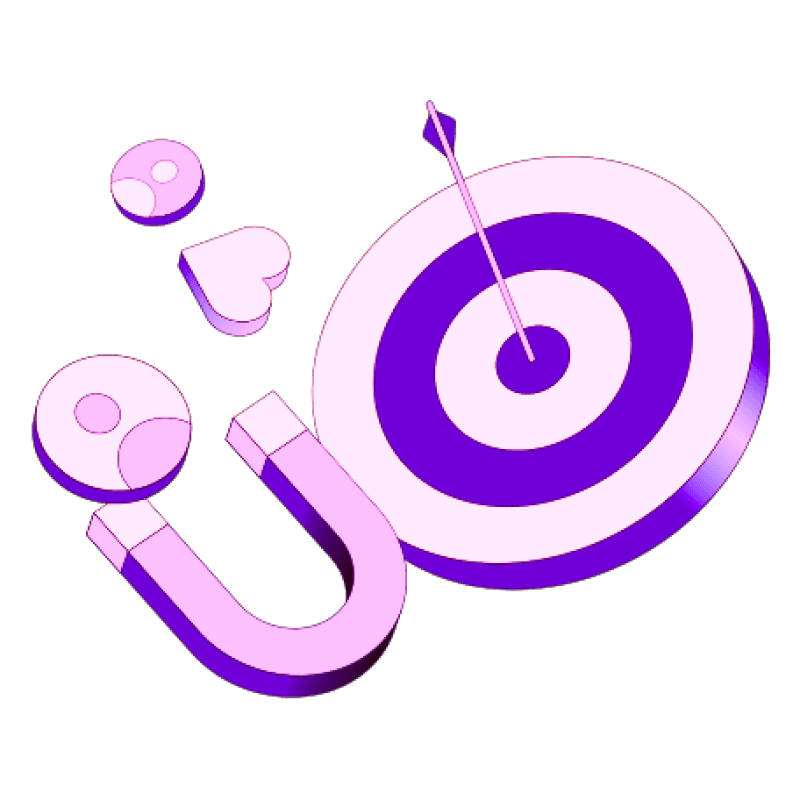Blogs
Articles

How to Leverage Personalization in Email Prospecting for Maximum Impact
How to Leverage Personalization in Email Prospecting for Maximum Impact
We’ve all received an email that feels like it was written just for us—one that recognizes our needs, interests, and aspirations. Now, wouldn’t it be fantastic if those emails could translate into more leads for your business? Personalization in email prospecting isn’t just a buzzword; it's a game-changer. By tailoring your outreach, you can create genuine connections with prospects, leading to increased engagement and, ultimately, more sales. Let’s dive into how you can leverage this powerful tactic to maximize your impact.
1. Understand Your Audience Deeply
The first step in personalizing your emails is understanding who your audience is. Gone are the days when a one-size-fits-all approach worked. You need to dive into demographics, interests, and pain points. Use insights from your existing customers and potential prospects to gain clarity.
Take the time to segment your email list based on various factors like industry, company size, location, or previous interactions with your brand. This way, you can craft messages that resonate with the specific needs of each group. When prospects feel seen and understood, they’re far more likely to respond positively to your outreach.
Consider using tools like Persana.ai to enrich your data and gather insights about your leads. This smart tool can help you understand not just who your prospects are, but also what makes them tick. With the right data, you can personalize your messages in ways that matter.
2. Craft Compelling Subject Lines
Once you know your audience, the next step is creating engaging subject lines. This might seem trivial, but think of the subject line as the first impression of your email—often, it's the deciding factor on whether your message gets opened or ignored.
Instead of generic subject lines, use specific details that reflect your research. For example, instead of “Increase Your Sales,” try “How [Their Company’s Name] Can Boost Sales by 30% This Quarter.” This kind of specificity piques curiosity and makes the recipient feel like the email was built just for them.
A well-crafted subject line sets the stage for personalization throughout the email. A strong open encourages your readers to engage with the rest of your message, increasing the chances of conversion.
3. Personalize the Body of Your Email
With your audience understood and an engaging subject line in place, it’s time to personalize the content of your email. Tailor your message to speak directly to the recipient, referencing their challenges, goals, or achievements. This could involve mentioning recent company news or acknowledging a concern they may have based on your research.
For instance, if you’re reaching out to a marketing manager who recently switched jobs, mention their career transition and offer insights relevant to their new role. Personalization isn’t only about inserting their name; it’s about making them feel valued and understood.
Incorporate storytelling as well. Share how your product or service has helped similar clients overcome challenges they're facing. Bring the message to life with relatable examples that create an emotional connection.
4. Convey a Clear Call to Action (CTA)
All this effort in personalization would be for naught if you don’t guide the recipient towards the next step. A clear and compelling call to action is essential. Let’s say you’re offering a demo of your product; instead of a generic “Schedule a Demo,” consider something like “See How [Their Company Name] Can Transform Sales Processes—Book Your Personalized Demo Today.”
Remember, your CTA should feel like a natural progression of the conversation you’ve started with your reader. Use language that encourages them to take action without sounding too pushy.
And if you’re looking for an efficient way to streamline this process, tools like Persana.ai can seriously elevate your game. By automating repetitive tasks and providing enriched data through seamless integration, you can spend less time on the grind and more time connecting with your leads personally.
5. Follow-Up Thoughtfully
Finally, don’t underestimate the power of a thoughtful follow-up. If you don’t hear back from a prospect, a well-timed follow-up can reinvigorate a stalled conversation. Here’s where personalization shines again! Reference your previous conversation and any insights they might have shared.
For example, “Hi [Name], I wanted to check in about our last discussion regarding [their pain point]. Have you had any thoughts on how we could help?” Showing that you’re paying attention to their needs and are genuinely interested in helping can open doors that might previously have been closed.
In summary, personalization is key in email prospecting for making genuine connections that convert into sales. By understanding your audience, crafting engaging subject lines, personalizing the body of your emails, providing clear calls to action, and following up thoughtfully, you can significantly boost engagement.
Employing tools like Persana.ai not only simplifies the process of generating leads, enriching data, and finding contact information but also allows you to focus on what truly matters—building relationships with your prospects. Don’t wait—start integrating personalization into your email prospecting strategies today for maximum impact!
Embracing personalization might feel daunting at first, but with practice and the right tools at your disposal, you’ll see improved response rates and more successful conversions in no time. Happy prospecting!

Create Your Free Persana Account Today
Join 5000+ GTM leaders who are using Persana for their outbound needs.
How Persana increases your sales results
One of the most effective ways to ensure sales cycle consistency is by using AI-driven automation. A solution like Persana, and its AI SDR - Nia, helps you streamline significant parts of your sales process, including prospecting, outreach personalization, and follow-up.



